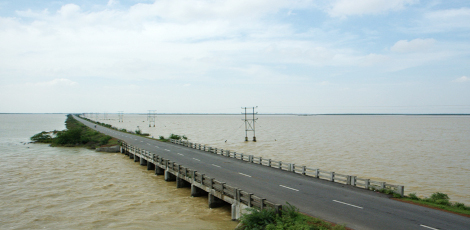Republic Day 2019: History, significance and importance of tri-colour
Posted on: 26/Jan/2019 11:07:14 AM

The Republic Day of India is celebrated with pomp, verve, and deep patriotic pride all over India - where the honourable India flag will be hosted in a special grand ceremony will fly atop all educational institutions, offices, streets, and top of the buildings. Thus, the tricolour is the predominant item with significance all over the country!
Apart from the flag-hoisting several other events are performed to mark the 2nd most important Day for the country of India (the 1st being the Independence Day).Several events like parades/march-past, kite-flying, people wearing some traditional colourful attire! This is the day when the Indian constitution came into effect.
The national tri-colour flag
The present Indian tri-colour flag was adopted on July 22, 1947. It became the official flag of the dominion of India on 15 August 1947. The term �tiranga� (meaning 3 colours) in India is mostly associated with the Indian National flag. Previously the Flag of British India was the only official Indian flag of India.
History records that the first version of the flag was hoisted on 7 August 1907 by Bhikaji Cama at the Green Park in Kolkata. It has to be noted that this initial version of the flag failed to draw enthusiasm and interest from the people of the country and thus, led to the development of the second version of the flag.
The 3 colours have special significance each!
- The saffron colour band on the top of the flag indicates the strength and courage of the country.
- The white coloured middle band indicates peace and truth along with the Dharma Chakra or Ashok Chakra in the middle.
- The last green band indicates the fertility, growth of land.
- The Dharma Chakra has 24 spokes and it symbolises the �wheel of law� situated in the Sarnath Lion Capital made by one of the greatest Indian emperors of all time Ashoka in third century BC. It is also known as the Ashok Chakra which indicates that life is in motion and death in solitude.
Important facts and rules and regulations about the tricolour flag
According to the law, the flag is to be made of khadi, a special sort of handcrafted cloth which was popularised by Mahatma Gandhi. The manufacturing procedure and other specifications of the flag are finalised by the Bureau of Indian Standards.
Khadi Development and Village Industries Commission, who holds the right to manufacture the flag, allocate it to the regional manufacturing organisations. Flag Code of India governs the usage of the flag and different laws related to the national emblem.







